Getting into road cycling can be both exciting and overwhelming, especially when faced with a wide range of bikes, specifications, and price points. Whether you're buying your first road bike for fitness, commuting, or recreational riding, making the right choice involves more than just picking the one that looks the best. Entry-level road bikes are designed to offer performance, comfort, and efficiency at a reasonable cost—but understanding what matters most is key.
Define Your Riding Goals
Before diving into brands or models, think about how you plan to use the bike:
Commuting: Look for comfort, durability, and the ability to carry bags or racks.
Fitness or Weekend Rides: Prioritize lightweight design and efficiency.
Group Rides or Entry-Level Racing: Look for speed, aerodynamic frames, and higher gearing ranges.
Mixed Road and Trail Use: Consider endurance bikes that offer more tire clearance and a more upright riding position.
Your intended usage will directly influence your choice in geometry, gearing, and components.
Choose the Right Frame Material
Entry-level road bikes typically come in three main materials:
Aluminum: Lightweight, affordable, and stiff, aluminum is the most common frame material for beginners. It's responsive and efficient for climbing and sprinting.
Steel: Offers a smoother ride with excellent shock absorption. Heavier than aluminum but durable and comfortable for long-distance or commuting.
Carbon Fiber (on some budget models): Found on slightly higher-end entry bikes. Very light and strong, with excellent vibration damping, but pricier and often found in forks rather than full frames at the entry level.
For most beginners, an aluminum frame with a carbon fork offers the best balance of performance and value.
Understand Bike Geometry
Road bike geometry affects comfort and performance:
Race Geometry: Aggressive, with a lower front end and stretched-out riding position. Designed for speed but may be less comfortable.
Endurance Geometry: More upright, stable, and comfortable for long rides or rougher roads.
If you're new to road cycling or plan to ride casually or over longer distances, an endurance geometry is more forgiving and ideal for building confidence.
Pay Attention to Gearing and Drivetrain
Entry-level bikes typically use drivetrains from Shimano, SRAM, or microSHIFT. You’ll commonly see:
Shimano Claris (8-speed)
Shimano Sora (9-speed)
Shimano Tiagra (10-speed)
These offer enough range for most beginners, with compact cranksets (e.g., 50/34 teeth) and wide-range cassettes (e.g., 11-32 teeth) to make hills manageable. As you progress, you can consider upgrading to 11-speed systems.
For a beginner, aim for at least Shimano Sora or Tiagra if your budget allows—it’ll give smoother shifting and a longer lifespan.
Wheelset and Tire Considerations
Wheels on entry-level bikes tend to be heavier and less aerodynamic, but they’re functional and reliable. More important for new riders are the tires:
25mm or 28mm tires offer more comfort and better traction than the old-school 23mm tires.
Wider tires (up to 32mm) are becoming more common, especially on endurance bikes.
If comfort and stability are your priority, choose a bike that supports wider tires with good puncture protection.
Brakes: Rim vs. Disc
Road bikes come with two brake types:
Rim Brakes: Lighter, simpler, and easier to maintain. Still common on many budget bikes.
Disc Brakes (mechanical or hydraulic): Offer better braking in wet conditions, improved control, and greater stopping power. Slightly heavier and more complex.
If you ride in hilly areas or wet conditions, disc brakes are worth the upgrade. Many modern entry-level bikes now come with mechanical disc brakes as standard.
Fit Is Everything
No matter how good the components are, an ill-fitting bike will lead to discomfort, inefficiency, or injury. Key tips:
Get a proper size: Refer to the manufacturer's size chart based on your height and inseam.
Test ride when possible: Many local bike shops offer fittings or demo rides.
Adjust components: Small tweaks to saddle height, handlebar width, or stem length can make a big difference.
If buying online, ensure the brand provides accurate sizing guides, and consider having the bike professionally fitted afterward.
Set a Realistic Budget
Most entry-level road bikes fall into the $800–$1,500 range. Keep in mind that your budget should also include:
Helmet
Pedals (many bikes don’t include them)
Pump or CO2 inflator
Basic repair kit
Cycling apparel (shorts, gloves, shoes if using clipless pedals)
Try to avoid bikes under $500 unless buying used or from a reputable second-hand seller—they may be heavy, poorly constructed, or hard to upgrade.
Consider Future Upgrades
Think ahead about how you might grow into your bike:
Can the frame accept better wheels or components later?
Is it easy to mount accessories like racks, fenders, or bottle cages?
Will it still meet your needs if your fitness or riding ambitions increase?
A good entry-level road bike should be versatile and upgradeable, giving you years of use before needing a full replacement.
Choosing your first road bike doesn’t have to be complicated if you focus on the essentials: fit, comfort, gearing, and overall value. Entry-level road bikes today are more capable than ever, offering solid performance for everything from short rides to multi-day adventures. By investing in a well-fitting bike that matches your riding goals and budget, you'll set yourself up for a rewarding cycling journey ahead.
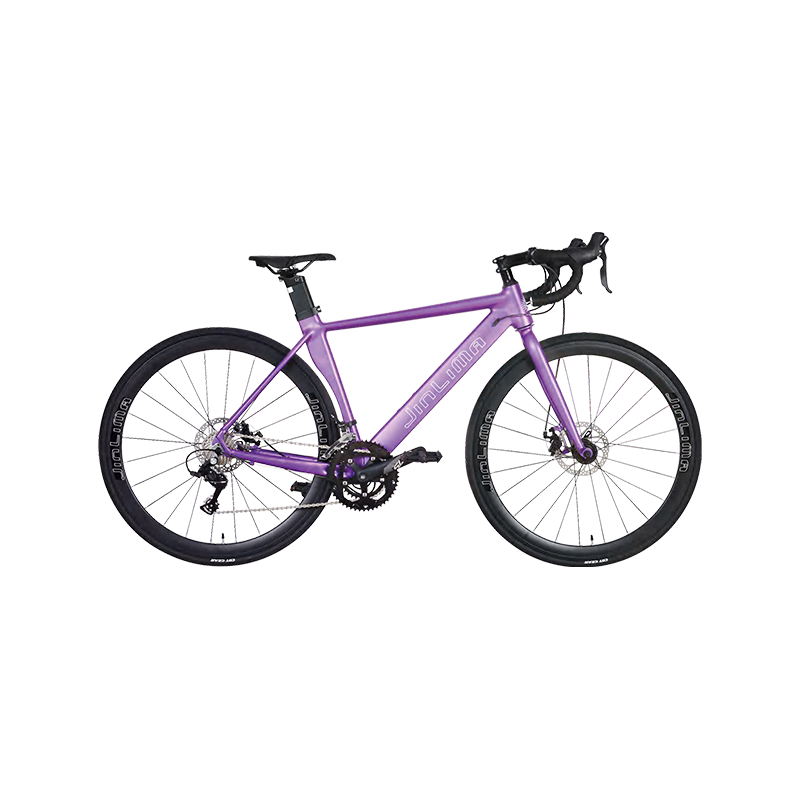


 0
0


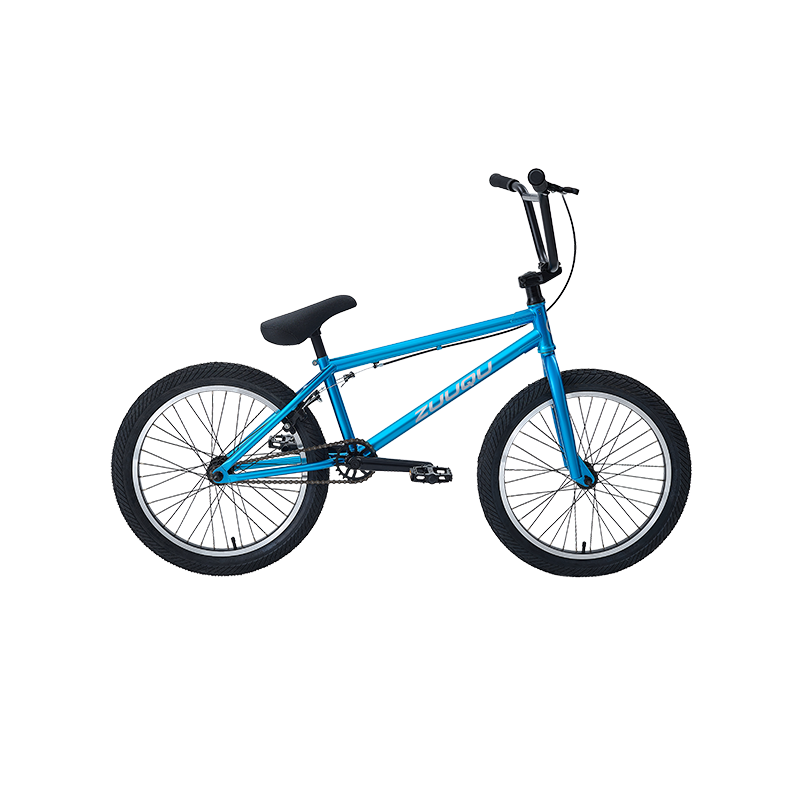

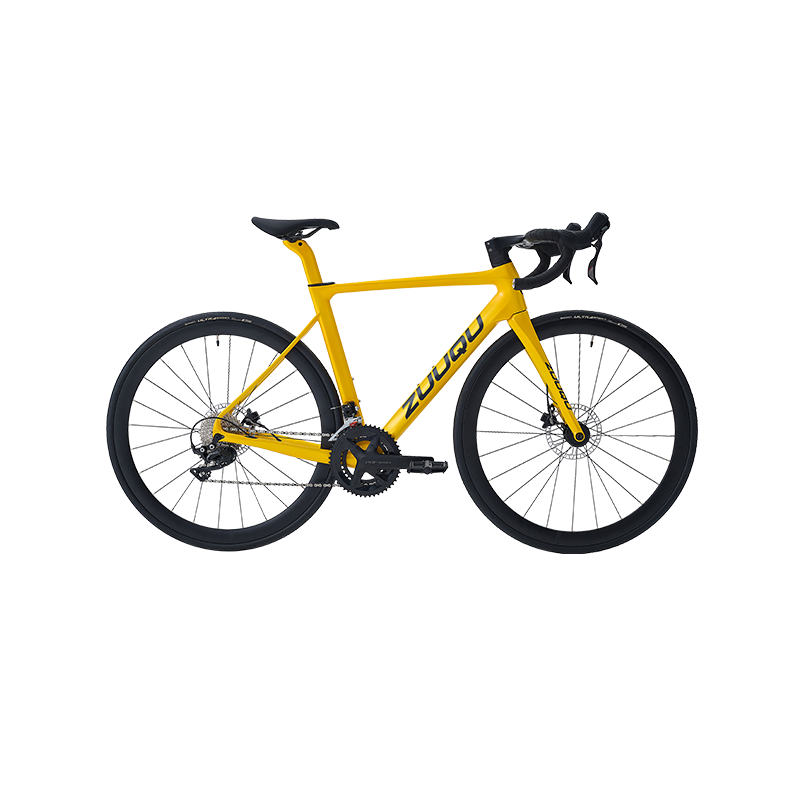
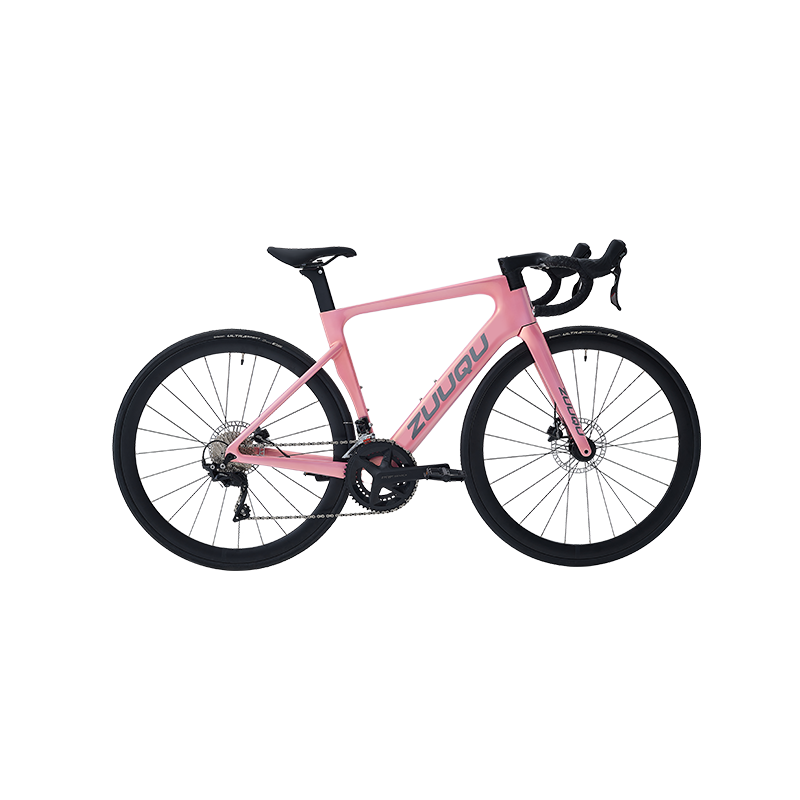
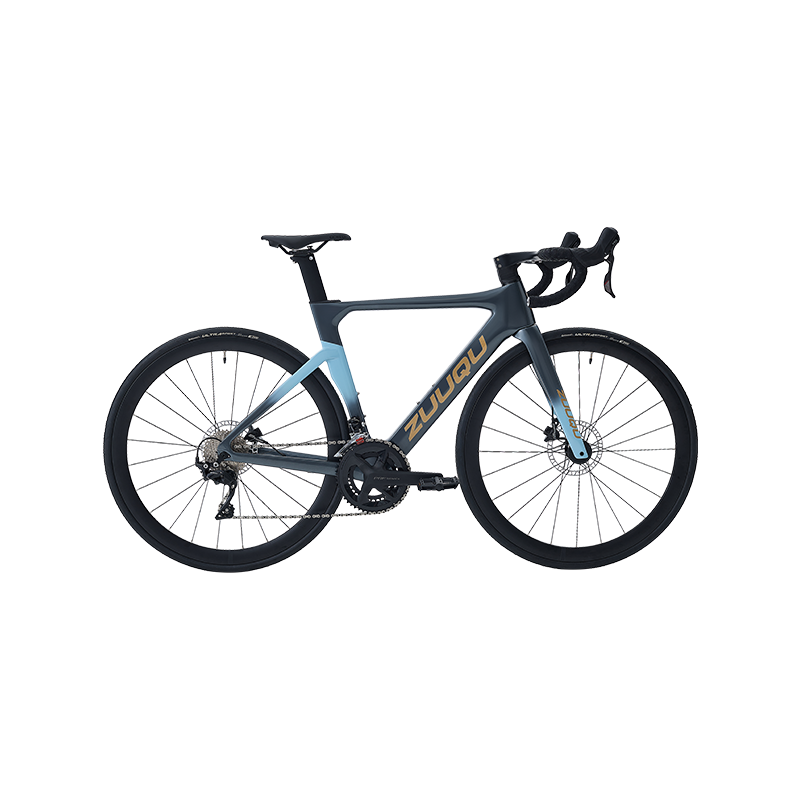
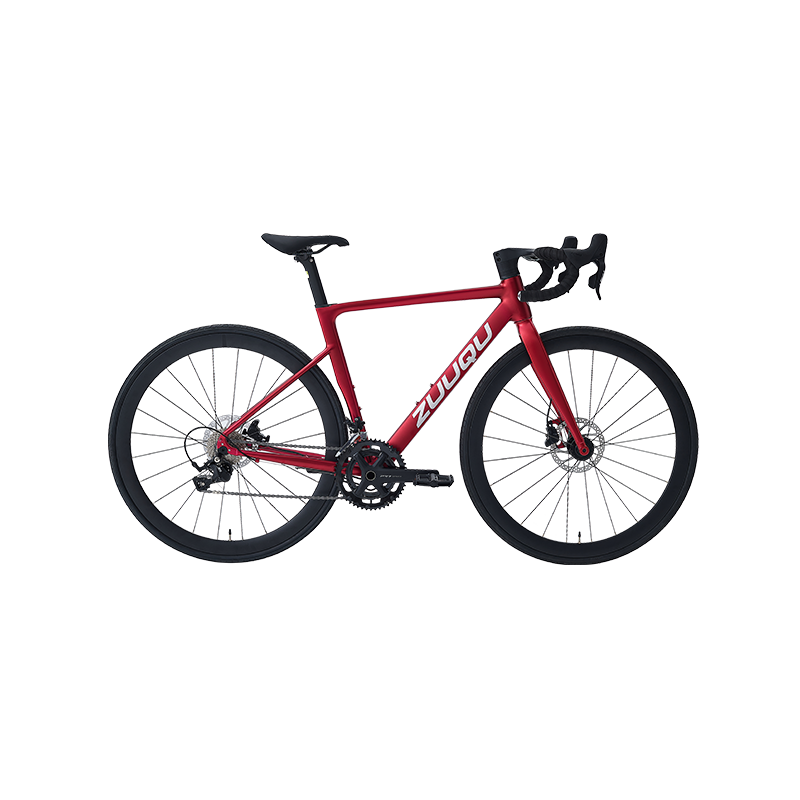
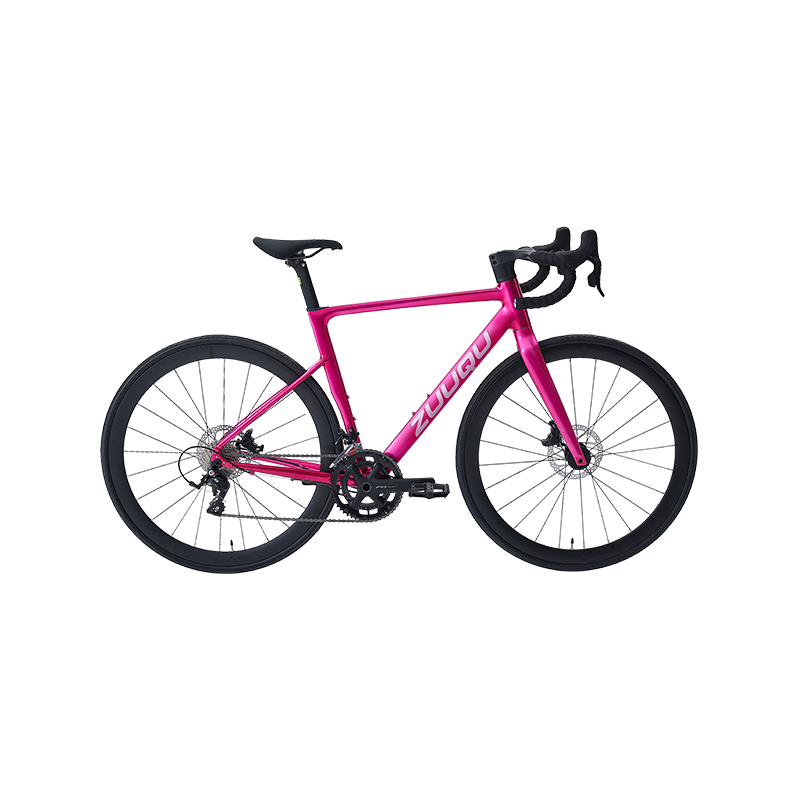

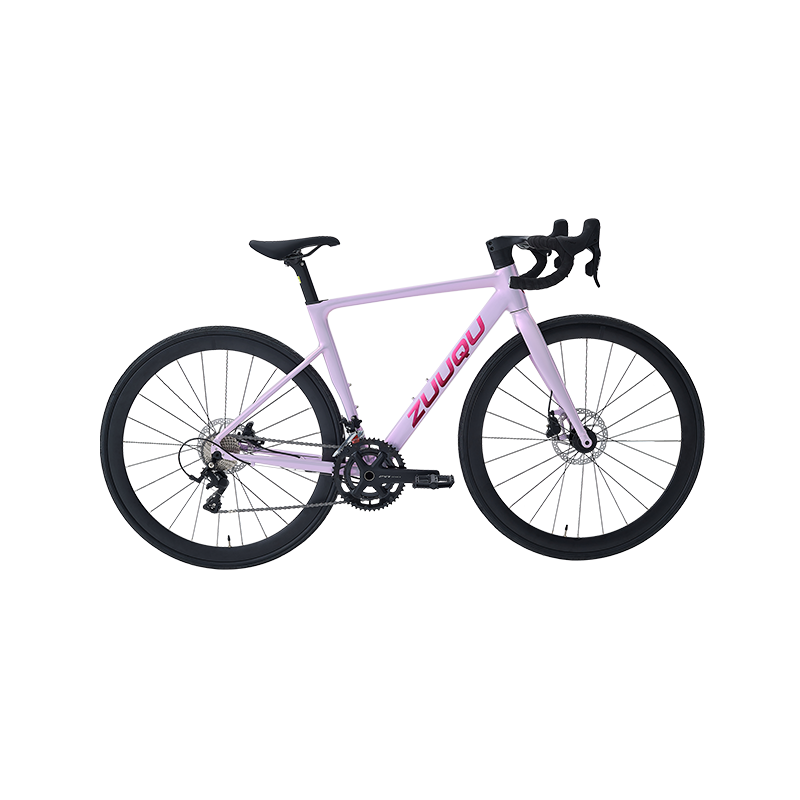
 Linhang industry park, Zhuji,
Linhang industry park, Zhuji,  +86-18858280688
+86-18858280688
